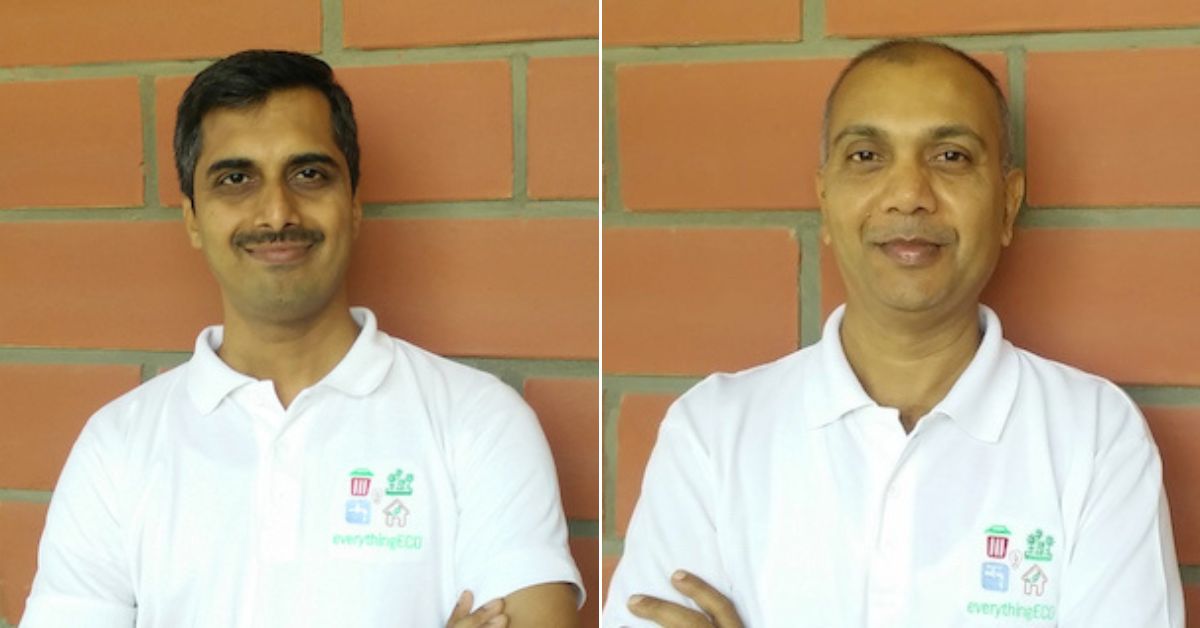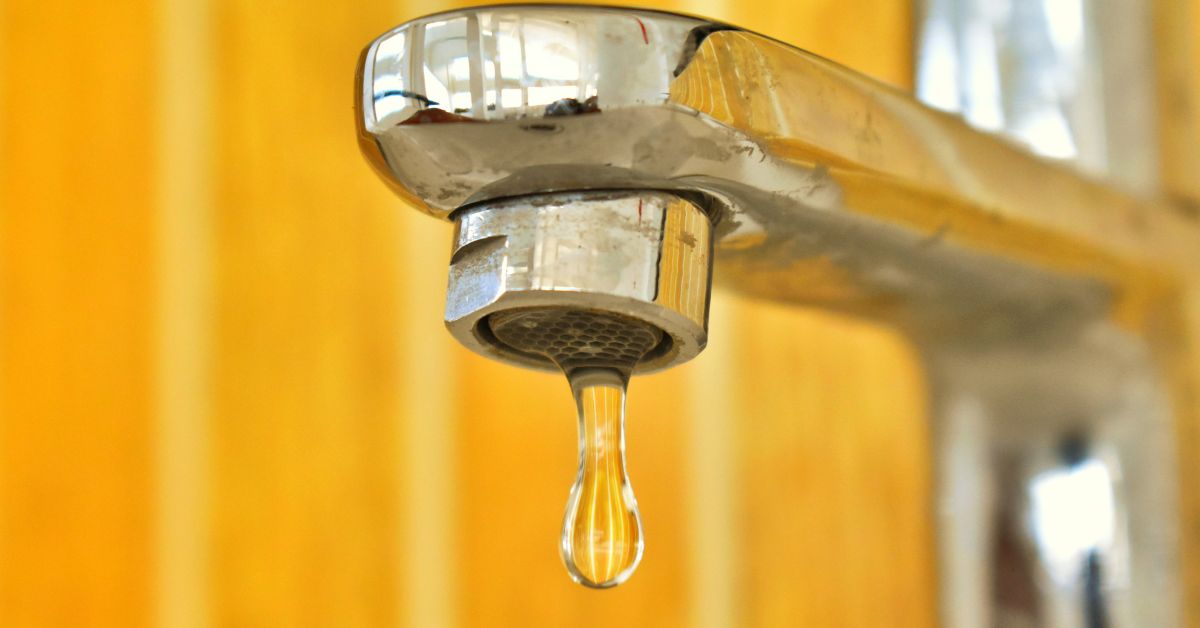Bengaluru’s Water Bills Just Went Up — But This Small Device Can Cut Water Consumption by 50%
Starting this week, water will cost more for Bengaluru residents as the Bangalore Water Supply and Sewerage Board (BWSSB) rolls out a revised tariff structure — the first hike in nine years.
With the city facing depleting water sources and rising demand, the BWSSB says the increase is necessary to cover operational costs and improve infrastructure.
Under the new slab, households consuming less than 8,000 litres a month will now pay Rs 7 per kilolitre, up from Rs 6. The steepest jump is for those using over 25,000 litres per month — their rate has jumped from Rs 25 to Rs 40 per kilolitre. With daily usage patterns largely unchanged across households, this revision could pinch pockets, especially during the peak summer months.
But there’s good news: simple fixes can significantly cut water use — starting with the taps in your home.
Small device, big savings
According to experts and environmentally-conscious residents, aerators — small devices fitted at the mouth of a tap — can help reduce water flow without affecting functionality.
When installed, they mix air with water, maintaining pressure while cutting the actual water volume used by as much as 50 percent.
Vishwanath S, a Bengaluru-based water expert, notes, “A normal tap releases 10 litres of water per minute. Using an aerator, this can be reduced to five litres per minute or even less.” This translates to hundreds of litres saved daily in an average household, simply by altering the water output of washbasins, kitchen, or bathroom taps.
 Shashidhara Kumaraswamy and Karunaprasada Kanavi, co-founders of EverythingECO. Image credits: EverythingECO.
Shashidhara Kumaraswamy and Karunaprasada Kanavi, co-founders of EverythingECO. Image credits: EverythingECO.
Shashidhara Kumaraswamy, the co-founder of EverythingECO, a company that manufactures aerators, adds, “Most standard tap fittings have a flow rate between 14 and 18 litres per minute, depending on water pressure. Most fixtures sold commercially do not have any aerators. They come with filters to filter out dust, but these don’t help conserve water; they only ensure the laminar flow of water.”
Audits conducted by his company suggest that handwashing taps should ideally have a flow rate of no more than three litres per minute.
Kitchen taps may require slightly higher rates — between six to eight litres per minute. “In an ideal scenario, no tap should have a flow rate higher than six litres per minute,” he adds.
A tailor-made solution
Recognising that different environments require different flow rates, EverythingECO began designing custom solutions. “Hospitals, restaurants, and bulk washing areas have varied needs — so we started doing comprehensive water audits and offered tailor-made solutions with aerators ranging from one to six litres per minute,” Shashidhara shares.
The company’s products start as low as 0.5 litres per minute, with three-litre variants being most popular for handwashing and four-to-six-litre variants used for kitchens.
“For kitchens, people often opt for three-litre aerators as they cover a wider area while washing utensils. If customers prefer laminar flow, they go for the four-to-six-litre options,” he explains.
 This small yet affordable solution can play a significant role in curbing water bills. Picture source: Canva.
This small yet affordable solution can play a significant role in curbing water bills. Picture source: Canva.
In addition to aerators, flow restrictors are also effective, especially for showers, health faucets and older taps. “These reduce the flow to between six to nine litres per minute, depending on water pressure,” he adds.
Aerators are not only affordable — starting at Rs 150 — but also easy to install and compatible with most standard tap fittings. For those looking to future-proof their homes against rising utility costs while embracing sustainable living, this small upgrade is a powerful first step.
As Bengaluru contends with both water scarcity and rising tariffs, citizen-led solutions like these offer a glimmer of hope, showing that every drop truly does count.
Edited by Khushi Arora
Sources
News